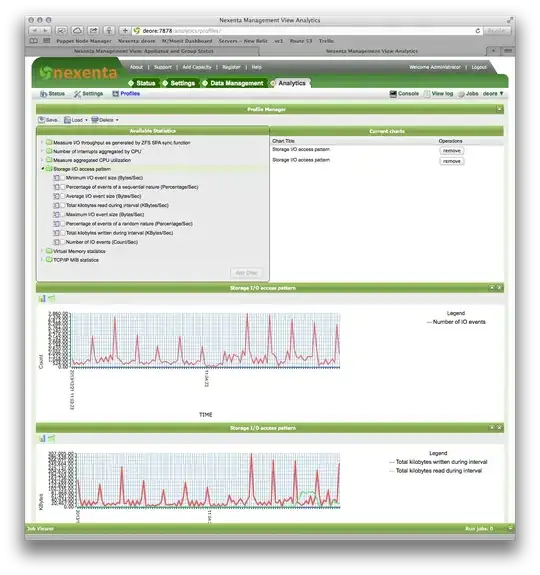I actually just had to figure this out a few weeks ago. I did it using the netem box as a router, but I don't think that actually matters much.
Basically, the netem function that you want (there's more than just that) will tell your nic to hold onto the traffic for some user-determined amount of time. It is not concerned with how the traffic gets to the nic, which is why I think that you can use a bridge as you described.
One thing I did not understand from your question was which direction you wanted to delay the traffic in, or both directions. It doesn't really matter that much, but you will have to issue the netem command at least once for each "outbound" nic - that is, for each direction that traffic is flowing. By default, netem will only affect outbound traffic, not inbound.
That said, here is the command that you want:
tc qdisc add dev eth0 root handle 1:0 netem delay 25ms
That command will introduce a delay of 25 ms to all packets leaving the host through eth0. You can, of course, adjust the eth(x) number to the appropriate nic and the 25 ms to your desired delay. There's a gotcha, though: note in the command that there is NO SPACE between the "25" and the "ms". That's important; it will error out if you put the space in.
There's actually more you can do with delay, though. You can put in a second value, like this:
tc qdisc add dev eth0 root handle 1:0 netem delay 25ms 10ms
That will delay the traffic by an average of 25 ms, but each packet will actually be delayed by a random number of ms between 15ms and 35ms (25 ms +/- 10 ms)
To "turn off" netem, issue the same command, but change "add" to "del".
There's lots more you can do with netem too, including packet reordering, packet dropping, packet corruption, and packet duplication, all of it either random or actually correlated to previous packets. Lots more than I can go into here. For more info, check out www.linuxfoundation.org/collaborate/workgroups/networking/netem or the man page for netem, "man netem".
